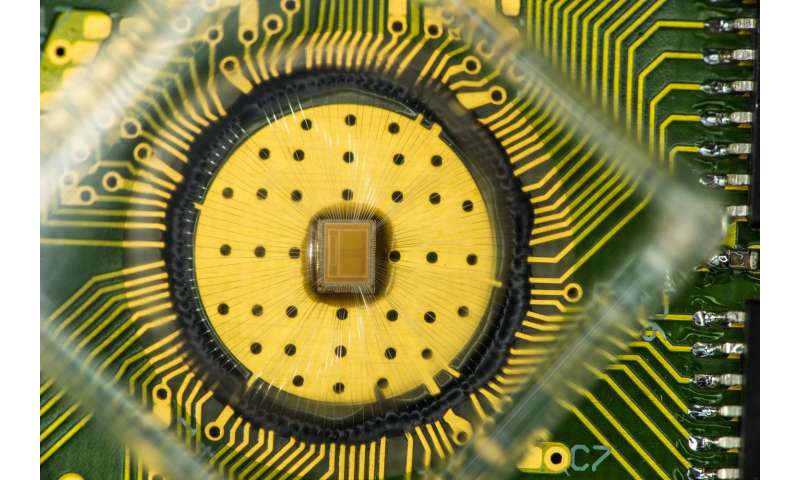Best of Last Week – A new form of light, a new species of horned dinosaur and a possible new treatment for depression

(ScienceX)—It was a good week for science and technology as a team of physicists at Trinity College and the CRANN Institute announced that they had discovered a new form of light, which could have an impact on our overall understanding of the nature of light. Also a team at IBM declared that they had achieved a storage memory breakthrough—they developed a way to hold three bits of data in cells using phase-change memory. Also a team of researchers in Japan announced that they had developed a new method for efficiently producing hydrogen peroxide for fuel cells using sea water—their approach uses sunlight to start the process. And a team at the University of Waterloo's Institute for Quantum Computing described a way towards computing a secret, unbreakable key—they developed software that allows for evaluating the security of any protocol for Quantum Key Distribution. Also a team of scientists created a novel 'liquid wire' material that was inspired by spider silk—it snaps back when pulled without losing its tautness.
In other news an international team of paleontologists discovered a new species of horned dinosaur in southern Utah—the centrosaurine was identified as a member of the large ceratopsians which lived during the end stages of the dinosaur era. Also, a team of researchers from China, the U.S. and Norway found evidence that suggested that complex life came about a billion years earlier than thought—pushing the timeline for life on Earth back to more than 1.5 billion years ago. And a team at Oregon State University found that the common antimicrobial agent triclosan rapidly disrupts gut bacteria—it is found in many antibacterial soaps and other consumer products. Also, a team with the Georgia Institute of Technology found that polluted dust can impact ocean life thousands of miles away—shedding light on yet another threat to the health of the inhabitants of the Pacific Ocean.
And finally, if you happen to be one of the millions of people that experience periodic or worse, chronic depression, help may finally be on the way, and it doesn't involve drugs or shock therapy. A team of researchers with members from across the U.S. and one in Germany found that raising body temperature relieved depression symptoms—they used a device that raised the body temperature of volunteers to approximately 101.3 F and discovered that doing so, relieved symptoms of depression for up to six weeks.
© 2016 ScienceX